Plant ID
One of the first steps in being able to properly manage your property is understanding what you have growing on it! Understanding what plants you have on your property will help determine what time of year a plant will grow and what methods to use to encourage growth or eliminate a plant. This webpage currently includes grasses that are commonly found in Shawnee County.
- Jump to Common Warm Season Grasses
- Jump to Common Cool Season Grasses
- Jump to Grasses to Watch out For
- Jump to Additional Resources
Common Warm Season Grasses
Big Bluestem (Andropogon gerardii Vitman)
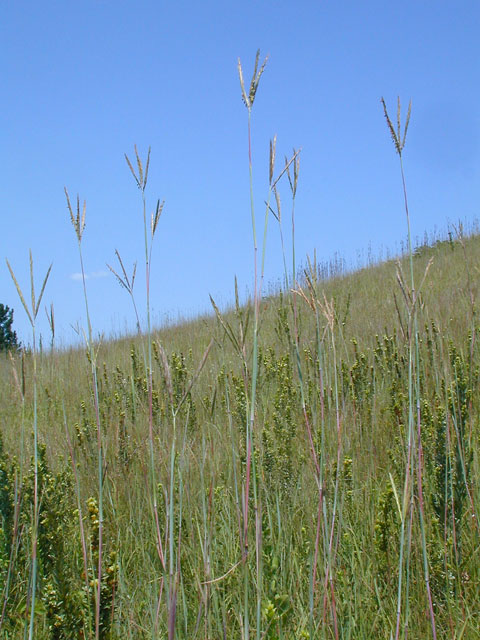
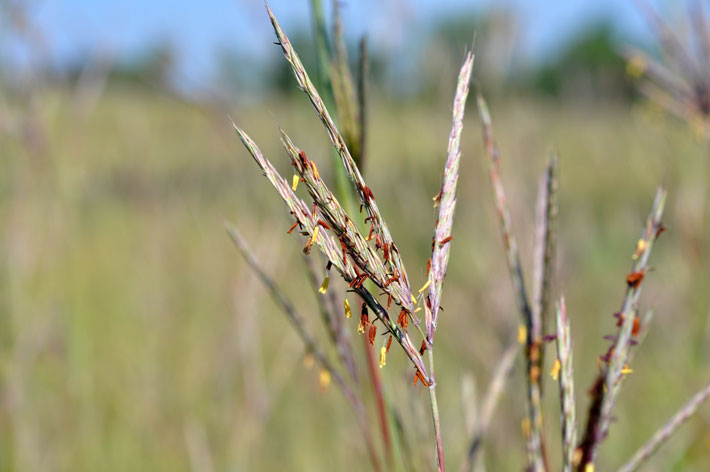
Little Bluestem (Schizachyrium scoparium (Michx.) Nash)
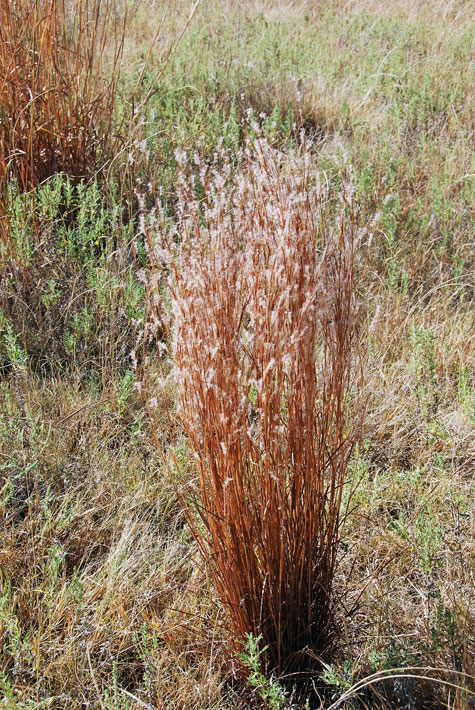
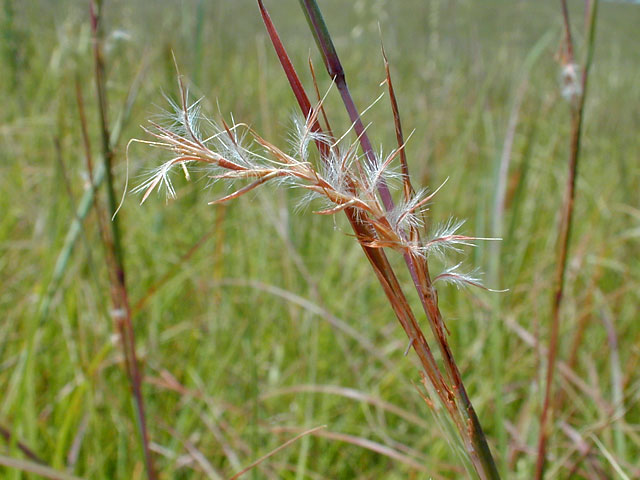
Photos by Mike Haddock. Used by permission. Photos may not be used for further purposes without written permission by Mike Haddock.
Switchgrass (Panicum virgatum L.)
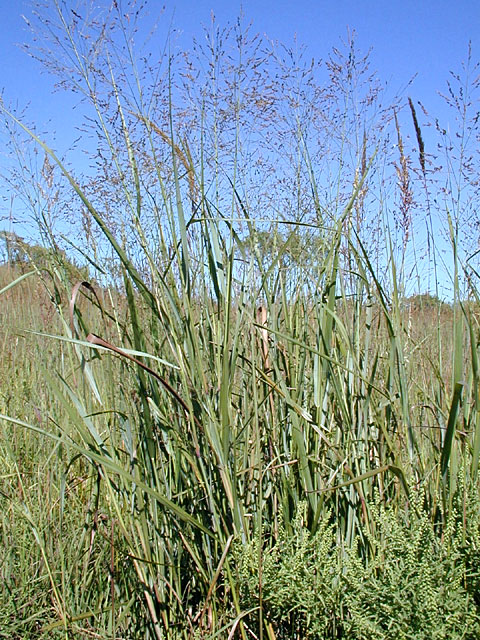
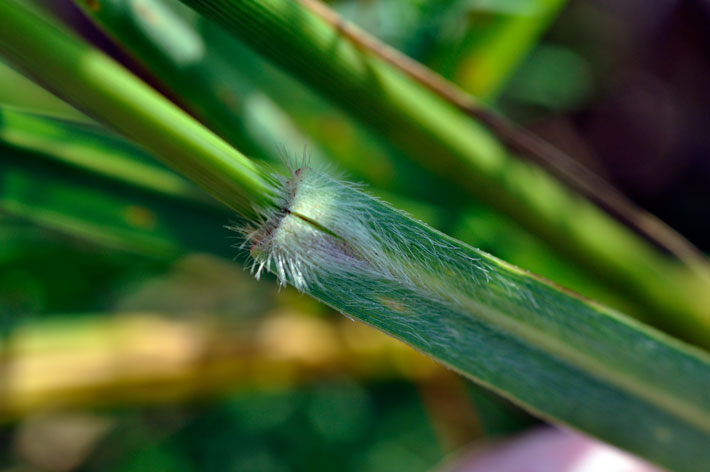
Photos by Mike Haddock. Used by permission. Photos may not be used for further purposes without written permission by Mike Haddock.
Indiangrass (Sorghastrum nutans (L.) Nash)
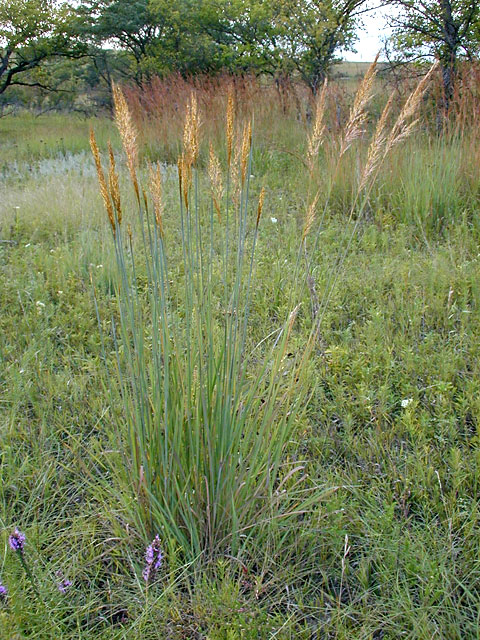
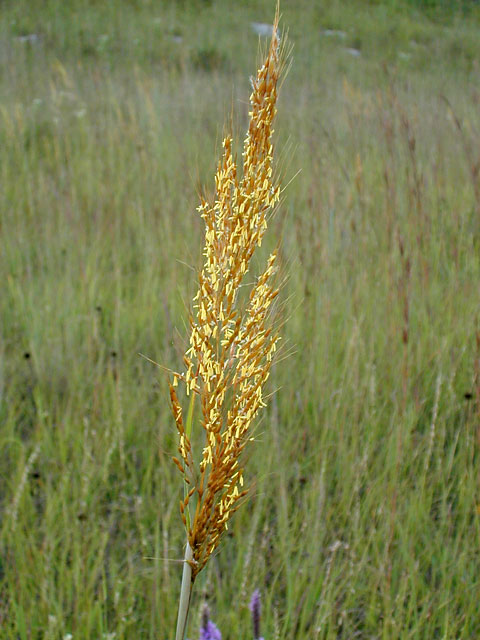
Photos by Mike Haddock. Used by permission. Photos may not be used for further purposes without written permission by Mike Haddock.
Eastern gamagrass (Tripsacum dactyloides (L.) L. )
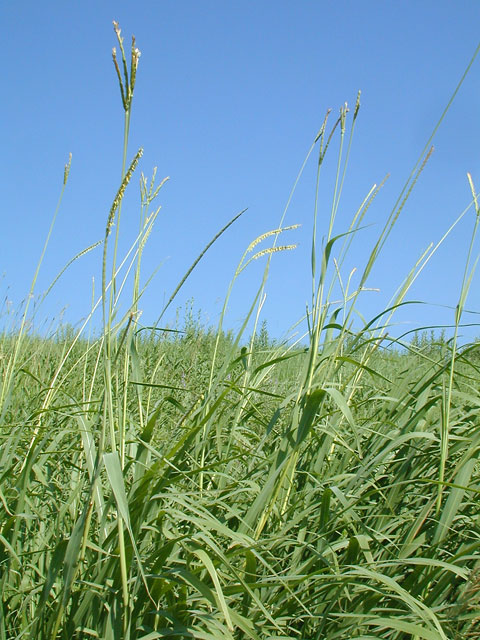
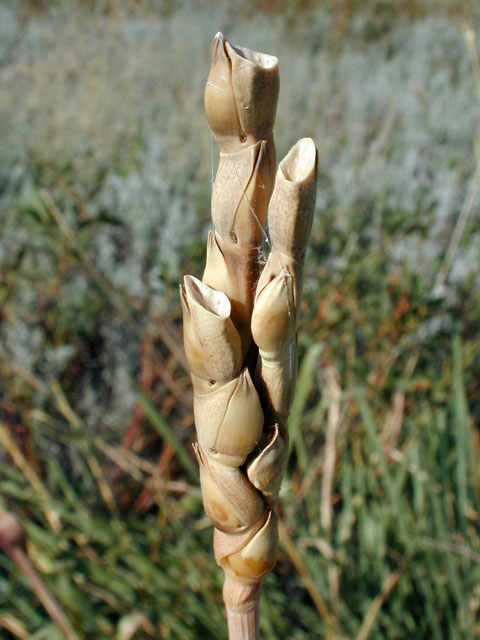
Photos by Mike Haddock. Used by permission. Photos may not be used for further purposes without written permission by Mike Haddock.
Common Cool Season Grasses
Smooth Brome (Bromus inermis Leyss.)
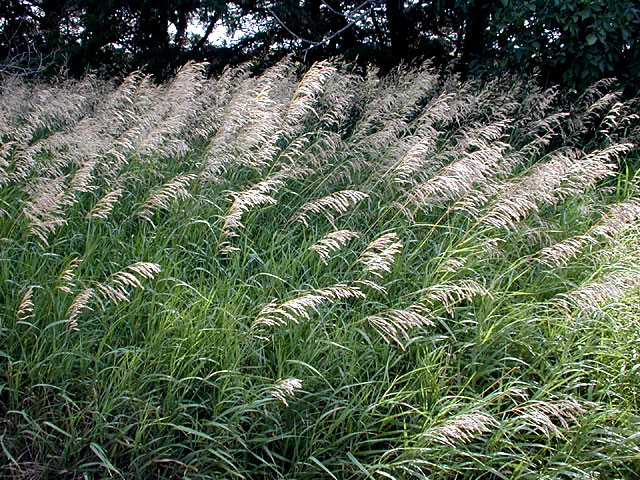
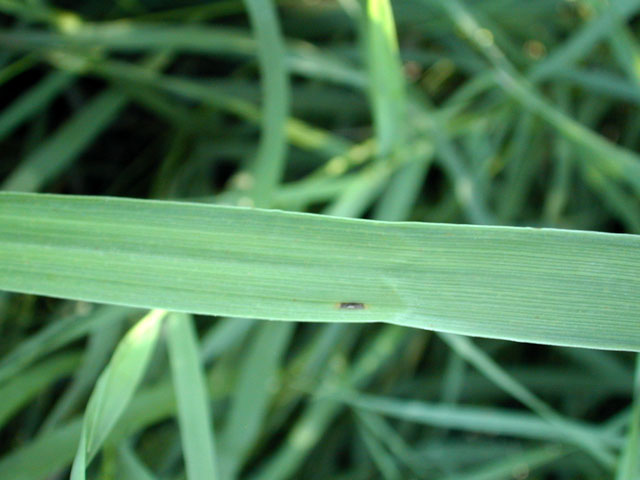
Photos by Mike Haddock. Used by permission. Photos may not be used for further purposes without written permission by Mike Haddock.
Kentucky Bluegrass (Poa pratensis L.)
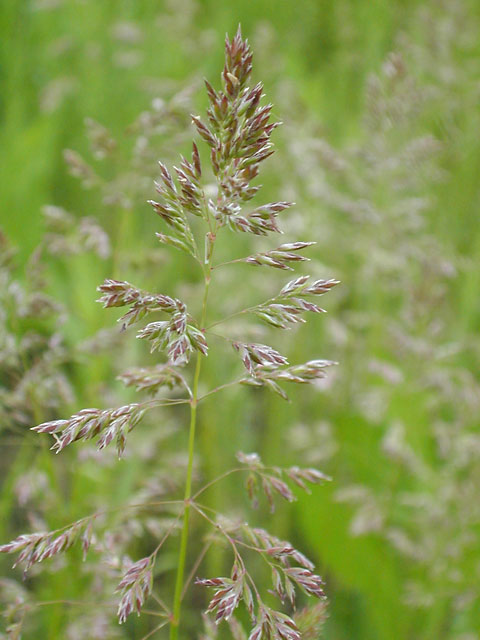
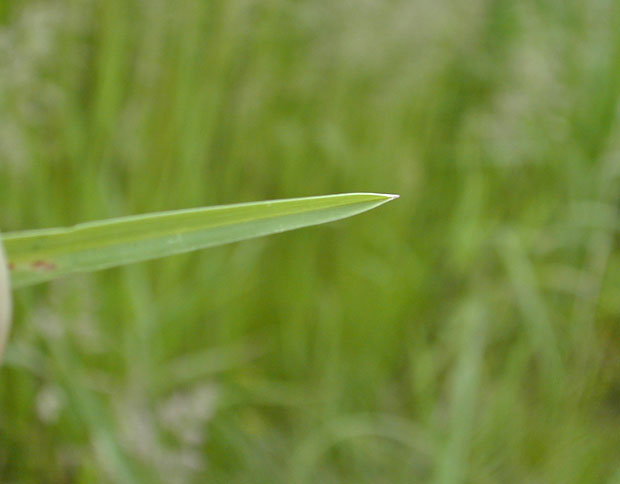
Photos by Mike Haddock. Used by permission. Photos may not be used for further purposes without written permission by Mike Haddock.
Grasses to Watch Out For
Johnsongrass (Sorghum halepense (L.) Pers.)
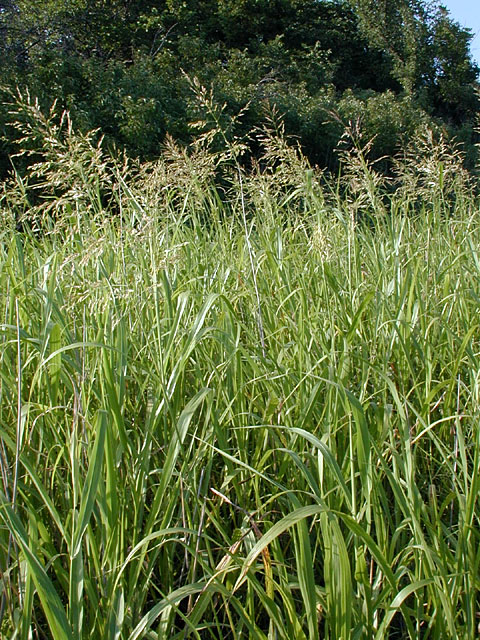
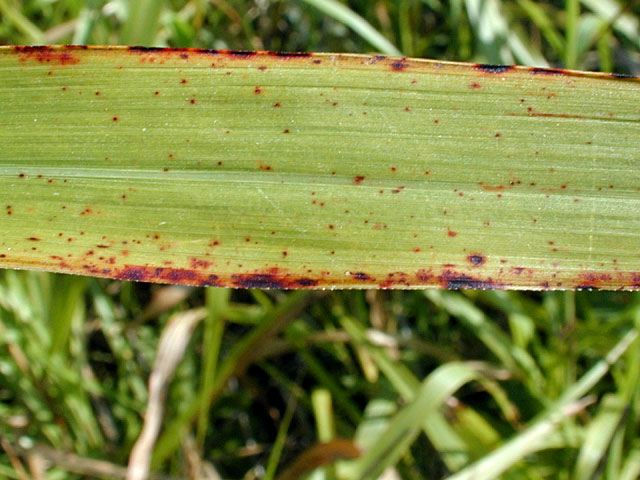
Photos by Mike Haddock. Used by permission. Photos may not be used for further purposes without written permission by Mike Haddock.
Broomsedge Bluestem (Andropogon virginicus Nieuw.)
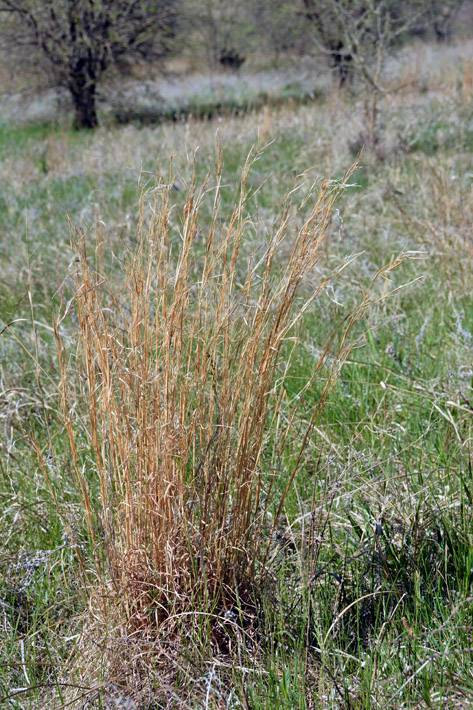
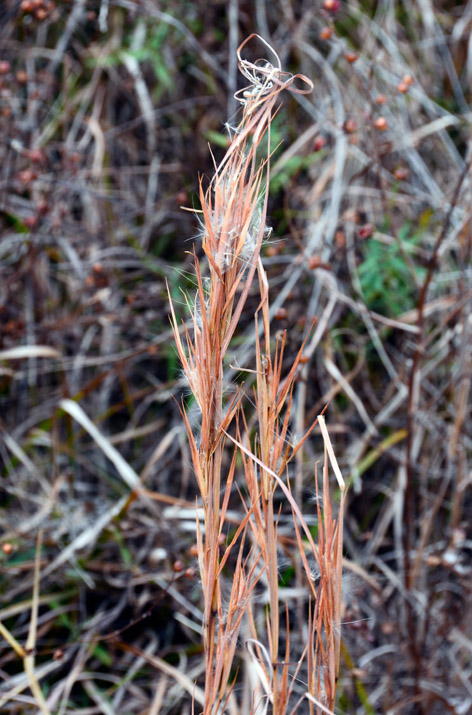
Photos by Mike Haddock. Used by permission. Photos may not be used for further purposes without written permission by Mike Haddock.
Causasian Bluestem (Bothriochloa bladhii (Retz) S.T. Blake)
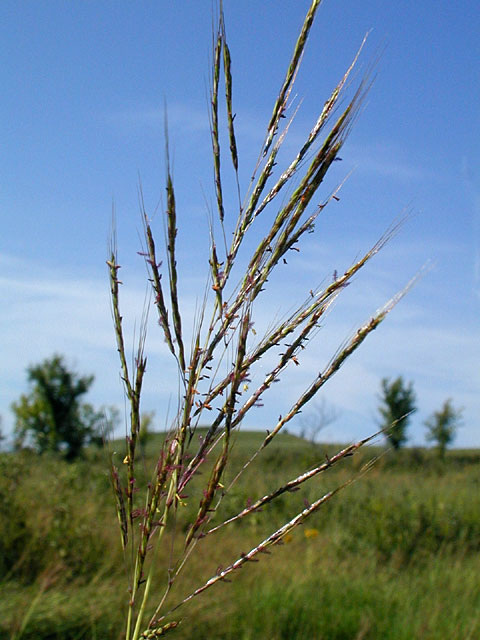
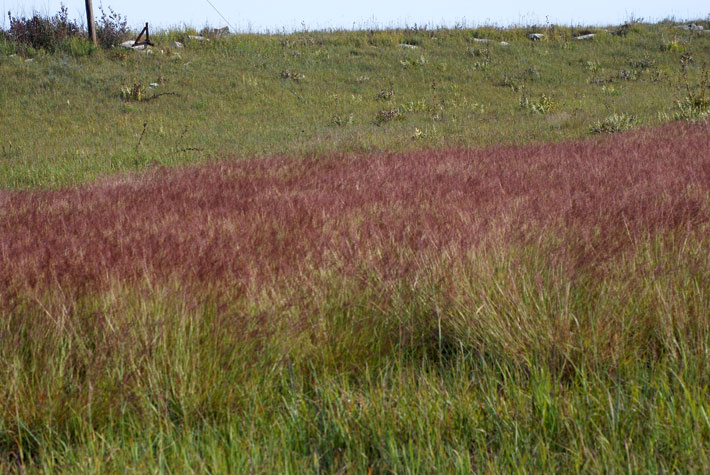
Photos by Mike Haddock. Used by permission. Photos may not be used for further purposes without written permission by Mike Haddock.
Additional Resources for Plant Identification
- Kansas Wildflowers and Grasses website
- Rangeland and Pasture Grasses of Kansas publication
- Email the Ag Agent several high-quality pictures (agettinger@ksu.edu)
- Bring in a sample of the plant or grass for us to ID in the office.
- If we are unable to ID it from the office, we can also box it up so you can ship it to the K-State Herbarium.
- There is no cost for the actual identification, but we will have you take it to the Post Office to pay for shipping
- Send fresh plant samples dry in a plastic bag with no added water, towels, etc. OR send plants pressed flat and dried in a stack of paper, a phone book, or newspaper
- Remove soil from samples before sending
- Tree/shrub: Send a shoot with leaves and, if possible, flowers or fruits, and describe the plant growth form
- Grasses: Collect some of the roots/rhizomes and “seed heads”, if possible
- Fruits and flowers always help to provide identification clues!
Agriculture and Natural Resources Extension Agent |785-232-0062, ext. 108|